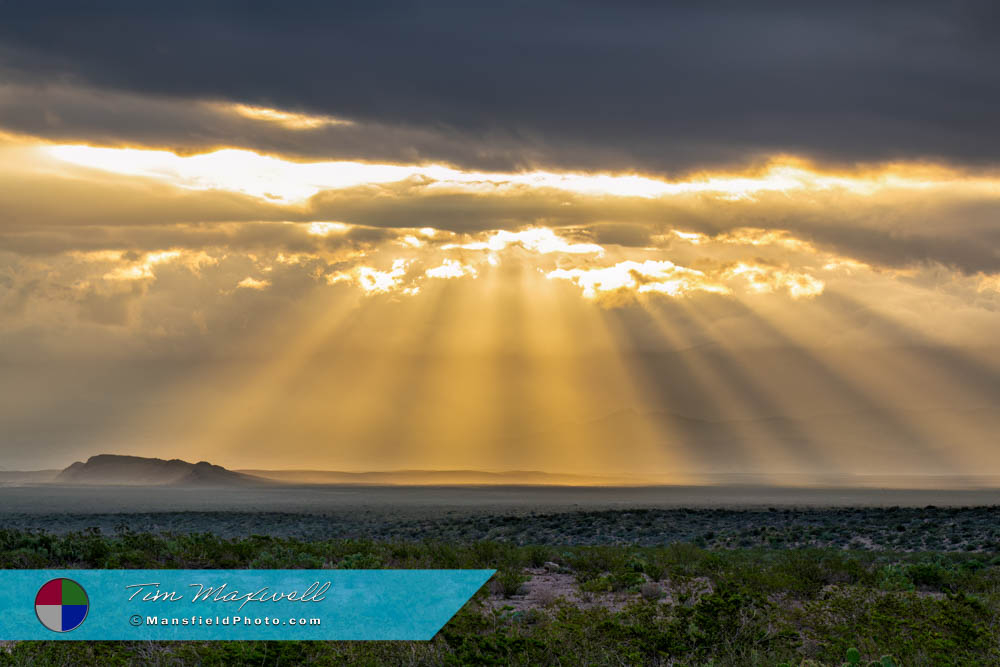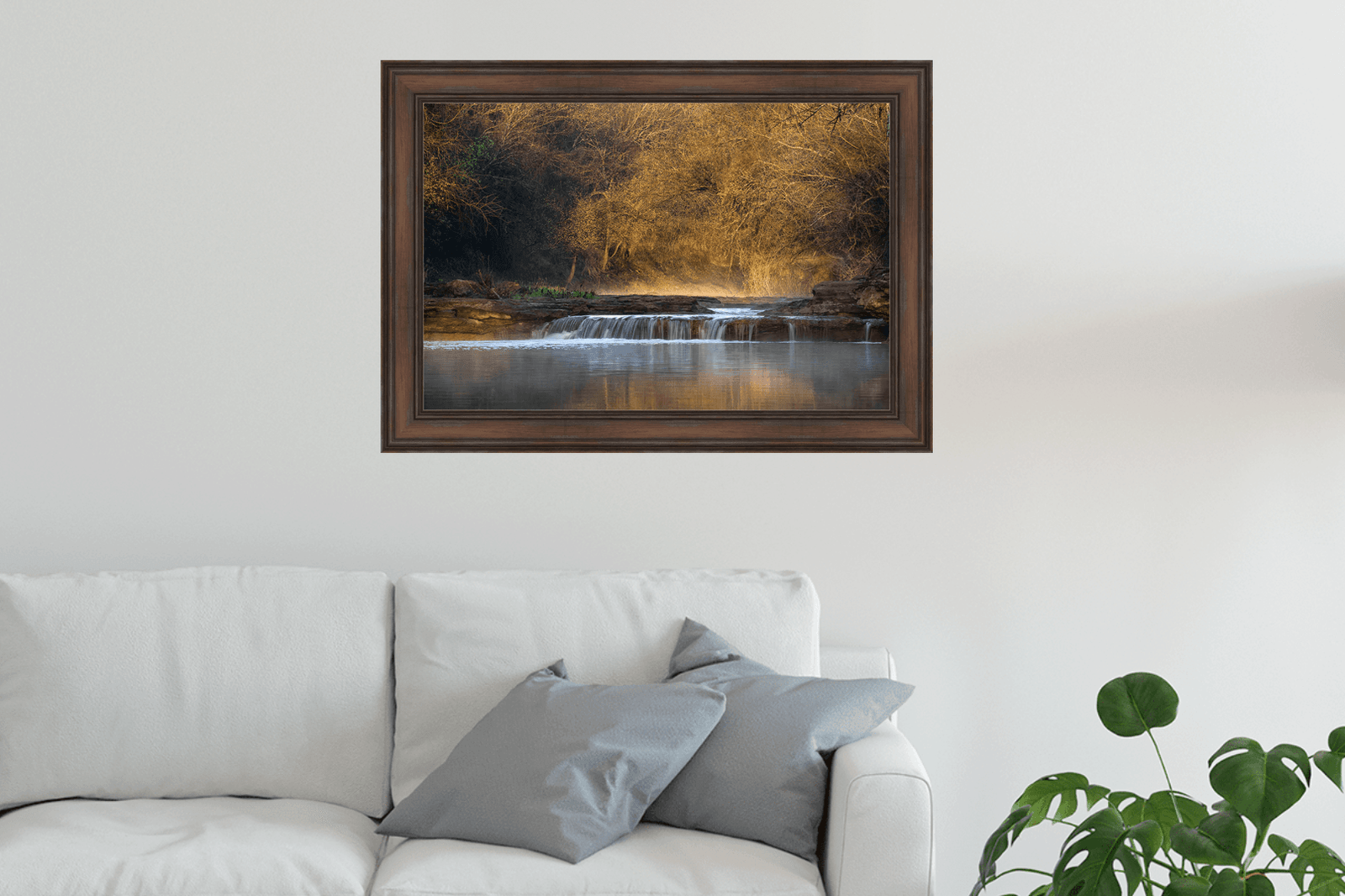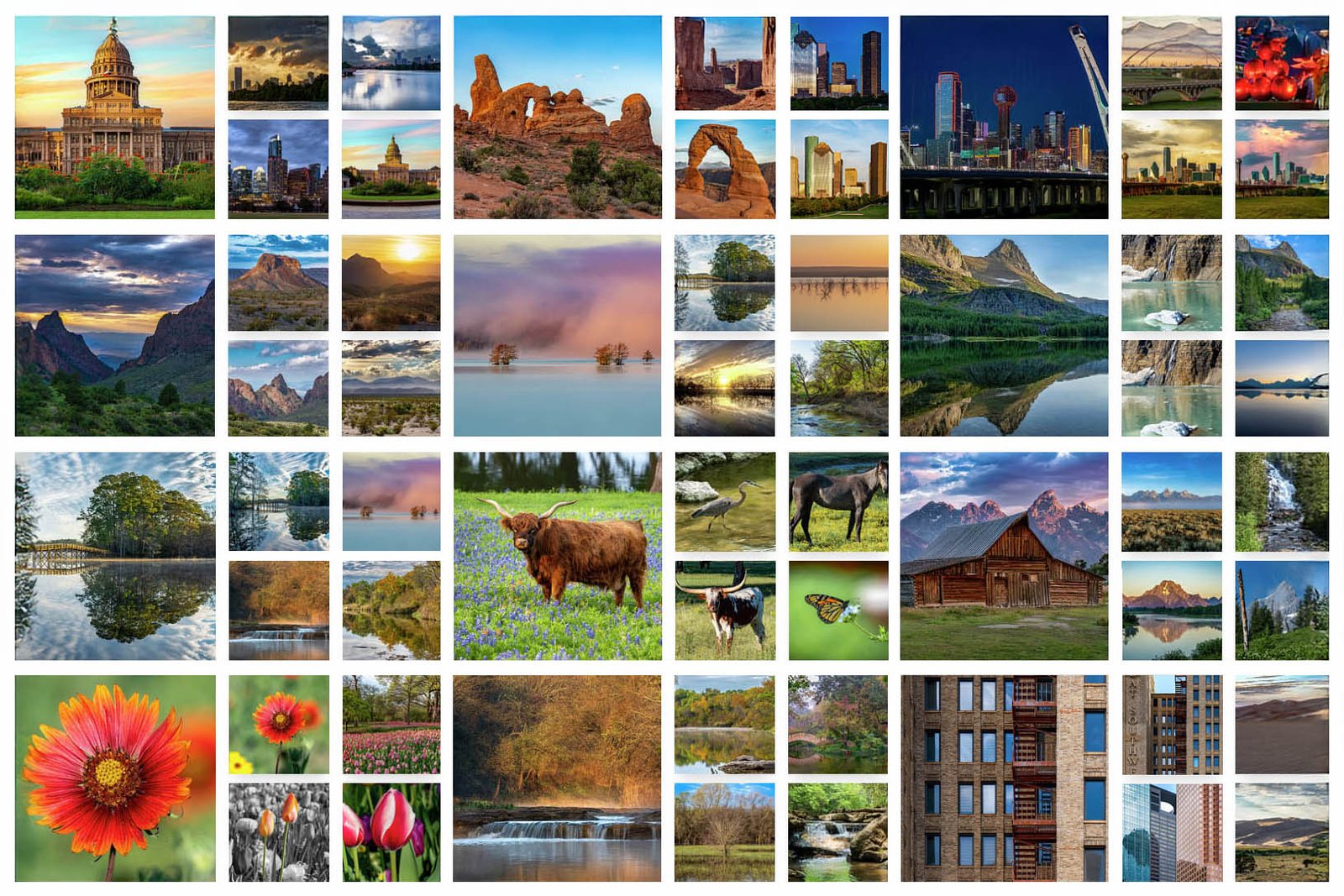Big Bend in July & the Gift of Water
– Where the Desert Comes Alive.
Whoever believes in Me, rivers of living water will flow from within them. – John 7:38.
Sometimes it starts with a whisper—something small you notice but can’t shake.
In early June, I had been camped at Davis Mountains State Park. The trip had already been full of surprises: vibrant green slopes, distant storms rolling across the high country, and a landscape slowly coming back to life. Rain had returned to this part of West Texas, and the desert was responding. You could feel it underfoot. You could smell it in the air.
It made me think of Big Bend National Park. If the Davis Mountains were turning green, surely Big Bend was stirring too.
When I returned home, I started checking forecasts. The area continued to receive rain. At the end of June, I saw something that felt like Big Bend was calling—quiet, clear, and impossibly timed. The weather forecast showed rain nearly every day the first week of July, with high temperatures in the low 80s. In summer. In the desert. I’ve visited this park many times, and I’ve never seen a July forecast like that with such low temperatures.
So I booked a campsite in the Chisos Mountains, packed my gear, and followed the rain.
A Desert in Bloom
I arrived on a Monday. The moment I stepped out of the car, I could tell: this was not going to be an ordinary week in Big Bend.
The desert was green. Not just tinted—but lush. The smell of wet earth filled the air. Clouds clung to the peaks. Morning mist moved through the Chisos Mountains like breath. Rays of light would shine through in the flatlands. This wasn’t a desert sleeping through summer. This was a desert fully awake.
Each day brought something new. One minute, the sun would break through the clouds, scattering soft, golden light. The next, a wall of gray would move in, and rain would fall—sometimes right overhead, sometimes in the distance, where you could watch it sweep across the valleys in drifting curtains.
Big Bend, usually sun-baked this time of year, felt more like a secret garden. I’d rise early, jacket zipped up against the cool, damp air. Everything was alive: Prickly Pear, Scarlet Bouvardia, Yellow Trumpet, Desert Willow, and even the elusive Southwestern Prickly Poppy, which I’d never seen bloom here before.
Rain lilies dotted the trails like drops of yellow flame, while Arizona Poppy, Skeletonleaf Goldeneye, Damianita, and Turk’s Head Cactus filled the lower slopes with color. The Ocotillo, fully leafed out, had already bloomed, but the show they had given was still written in green.
📸 Interested in More Photos of Flowers?
The wildlife, too, seemed to sense something extraordinary was happening. Whitetail deer bounded below me in a canyon, running back and forth like children chasing one another. Butterflies danced across puddles and flowers, lizards darted between rocks, and whip scorpions, millipedes, and even tarantulas made appearances on the trails.
On one hike, I finally managed to photograph the Greater Earless Lizard, its brilliant coloring reflecting the vitality of the land around it.
This was a place reborn—a reminder that even deserts can bloom with enough rain, and what feels barren doesn’t always stay that way.
Capturing the West Side Light
Though clouds often draped the Chisos Mountains during my stay, the west side offered something rare—moments where the sky broke just enough to reveal a landscape being quietly reborn. I found myself drawn to the backside of The Window, where Vernon Bailey Peak and Carter Peak rise like forgotten sentinels. The play of cloud and color on these slopes was like watching the desert breathe—soft, surreal, and alive. Some of the most vivid tones I’ve ever captured in Big Bend came from these vantage points, where light filtered through storm-born clouds and the land below shimmered with new life.
It wasn’t just the color—it was the mood. The soft, filtered light allowed textures to emerge that usually hide in the harshness of sun. Even without the dramatic silhouettes of sunset or sunrise, this kind of light was a gift—gentle, moody, and perfect for photography. These images, for me, are some of the most compelling I’ve taken in the park for the color alone—like the land itself had been washed awake.
The Waterfall Without a Name
Then came July 3rd.
Before dawn, thunder began echoing across the basin. A storm approached—lightning flashing, thunder growing louder, until eventually, the rain came in waves. From inside my tent, I could hear it pounding the earth, steady and unrelenting.
Over three inches fell in less than two hours.
When light began to return to the basin, I stepped out and looked across to the east face of Vernon Bailey Peak—and there it was: a full-blown waterfall, cascading down the cliffs in multiple tiers, roaring with a voice that echoed off the surrounding stone.
I’ve seen Big Bend in all seasons. I’ve seen her in bloom. I’ve seen her dry. I’ve seen her glowing red beneath summer sunsets. But I’ve never seen this.
I spent that morning capturing the falls from every angle I could. Some rangers I spoke with had never seen it. Others had only seen a trickle. That day, though, it was undeniable: a true waterfall, fed by the skies, blazing down the rock face in defiance of everything you think the desert should be.
And it didn’t stop. The falls continued to flow throughout the day and into the next. I asked everyone I met: does this waterfall have a name?
It didn’t.
So I gave it one: Angel Falls – because it appeared as if from nowhere, felt like a visitation, and disappeared soon thereafter. Because it meant something personal. And because sometimes beauty arrives when we least expect it—if we’re open, if we’re watching, if we’re willing to show up.
🧭 Planning to explore more of the region?
We’ve gathered our favorite stops and suggestions in the Big Bend Region Travel Guide—perfect if you’re using the park as a base camp.
The Promise of Water
There’s something ancient in the way water transforms the desert. It doesn’t just feed the land—it revives it. The soil remembers. The seeds remember. The life that seemed buried is still there, waiting. It just needs a reason to rise.
And maybe, sometimes, we’re not that different.
That week in Big Bend reminded me how quickly everything can change. What looks barren may only be waiting for its season. And when the rains come—on the land or in the soul—it becomes whole again.
Curtain Call
That final night in the park felt like a closing act—a quiet celebration of all that had passed.
Before sunset, I saw a figure moving low near the treeline: a black bear, slowly foraging, calm and unbothered. The grandest of all the creatures I’d seen that week, appearing in silence as if to say, this is still wild, still living.
At dusk, storm clouds began to build again. But this time, something curious happened. Radar showed the storm splitting in two: one half veering east of the Chisos Mountains, the other west. The basin remained still.
Clouds flowed into the basin from both above and below. They poured through The Window from below, curled over Emory Peak, and blanketed the basin in a soft, white hush. Light rain began to fall—nothing hard or loud, just a misting veil, enough to quiet the ground and soften the moment.
It felt like a curtain drawing closed.
Let the Desert Speak
Big Bend in July isn’t for everyone. But for those who pay attention—for those who listen closely and watch the sky—there are gifts to be found.
I had no way of knowing what I was walking into. I kept watch. I remembered how green the Davis Mountains had become, and when the signs aligned—the forecast, the clouds, the invitation—I didn’t stay home. I took the opportunity that was waiting.
And what I found was unlike anything I’ve ever experienced in this park. This week wasn’t just about storms or waterfalls or even rare photographs. It was about what happens when the desert is touched by water—and what happens when the soul is, too. How sometimes, beauty returns to a barren land.
There are times when the land sleeps. And then there are moments when it stirs, wakes, and lives again.
The desert isn’t barren forever. When the rains come, you go.
📸 Interested in More Photos of Big Bend National Park?
Author: Tim Maxwell












